Wooden Churner Cold Pressed Safflower/Kardai Oil
₹ 290.00
| Taste | 9.5 |
|---|---|
| Nutrients | 9.5 |
| High-oleic | 10 |
- Cold Pressed (Wood Pressed)
- High-oleic safflower oil
- Nutrient-rich
- Healthier alternative to refined oils
- Higher Smoke Point for high heat cooking
- Preservative-free
- Chemical-free
Cold Pressed vs. Refined Oils
In ancient times, oils were extracted using the Kachi Ghani (Cold Pressing) method, which involved crushing seeds at room temperature with a large wooden churner. In contrast, refined oils are produced by heating seeds to extremely high temperatures and incorporating chemicals. This excessive heat exposure degrades the oil’s quality, turning it into a potential health hazard. Over time, regular consumption of refined oils can lead to serious heart problems and other health concerns.
With increasing awareness of the harmful effects of refined oils, many people have shifted to cold-pressed oils in recent years. These oils, extracted through traditional mechanical pressing at low temperatures, retain more nutrients and natural flavor. Rich in vitamins, minerals, and antioxidants, cold-pressed oils offer a healthier alternative for everyday consumption.
Importance of Smoke Point in high heat cooking
Smoke point is also known as burning point of oil is a temperature at which oil breaks and releases harmful compounds that can cause potential health risks. When you see oil burning during cooking, you should immediately avoid using it.
Here is the list of oil smoke points of popular oils:
- Mustard Oil: 249°C
- Sesame Oil: 210°C to 232°C
- Safflower Oil: 246°C to 260°C
- Coconut Oil: 177°C
- Peanut Oil: 232°C
- Olive Oil: 163°C to 191°C
- Avocado Oil: 271°C
- Almond Oil: 221°C
Standard Home Cooking Temperatures:
- Pan frying (sauté) on stove top heat: 120°C
- Deep frying: 160–180°C
- Oven baking: Average of 180°C
You should select a oil which is both healthy and have highest smoke point. Also, avoid overheating any oil you use at home as it can become toxic and cause serious health issues.
Role of Saturated, Monounsaturated, and Polyunsaturated Fatty Acids
- Oil should contain ~5-12% of Saturated Fatty Acids (SFA). High intake of SFAs is linked to an increased risk of cardiovascular diseases such as chest pain, heart attacks, and strokes.
- High amount of Monounsaturated Fatty Acids makes the oil stable at higher temperatures (high heat cooking). They improve heart health by lowering bad cholesterol (LDL) while maintaining good cholesterol (HDL). Oils should contain ~60-70% of Monounsaturated Fatty Acids (MUFA).
- Polyunsaturated Fatty Acids (PUFA) are essential for the body and provide Omega-3 and Omega-6 fatty acids required for brain and other organ development. However, excessive PUFA intake can lead to oxidative stress and inflammation, especially if Omega-6 is too high compared to Omega-3. Oil should contain moderate (~20-30%) amount of Polyunsaturated Fatty Acids.
High-linoleic or High-oleic Safflower Oil: Which one to choose?
High-oleic safflower oil is a better choice than standard (high-linoleic) safflower oil.
- High-linoleic safflower oil is rich in polyunsaturated fatty acids (PUFAs), making up about 70-80% of its composition. It supports heart health by lowering LDL cholesterol but is less stable at high temperatures.
- High-oleic safflower oil, on the other hand, contains around 70-80% monounsaturated fatty acids (MUFAs), mainly oleic acid. It is more heat-stable, making it ideal for high-temperature cooking. MUFAs promote heart health by increasing HDL cholesterol and reducing inflammation.
While high-linoleic oil is beneficial for skin health, high-oleic oil is better suited for overall cardiovascular benefits and oxidative stability. Make sure to check the label to ensure you’re getting a high-oleic version.
Refined oils are dangerous and can cause serious health issues such as chest pain and heart attack. With growing awareness, people are searching for healthy oils in the market. You may notice that the entire internet is raving about Olive oils but they are super costly as they need to be imported from other countries. Traditional Indian cooking oils made from mustard seeds, coconut, safflower seeds, and peanut has almost similar nutritional profile compared to Olive oil if obtained by cold pressing.
Indians used to extract oil by crushing seeds or any other material using a wooden churner. Such method was known as Kachi Ghani (Cold Pressing in English).
Please watch the following video,
Shri RamKrishna Oil Mills Wood Pressed Safflower Oil
It is the best high-oleic safflower oil with high monounsaturated fatty acids (MUFAs). It is ideal for high heat cooking. The smoke point is higher than other commonly used oils, such as mustard seed and peanut oil.
Closing Notes
Customers should not rely on only one oil type for their day-to-day needs as each oil has a different nutritional profile.
For example,
- Mustard oil is high in oleic acid which is good for heart health
- Lauric acid in coconut oil boosts immunity
- Sesamin and sesamol in sesame oil has excellent antioxidant properties
It is suggested by the doctors and experts that you should use 3-4 types of cold-pressed oils. You can use them alternate days.
Specification: Wooden Churner Cold Pressed Safflower/Kardai Oil
| Mustard Oil | ||||
|---|---|---|---|---|
|
||||
| Safflower Oil | ||||
|
||||
| Dimensions | ||||
|
||||
User Reviews
Be the first to review “Wooden Churner Cold Pressed Safflower/Kardai Oil”

₹ 290.00

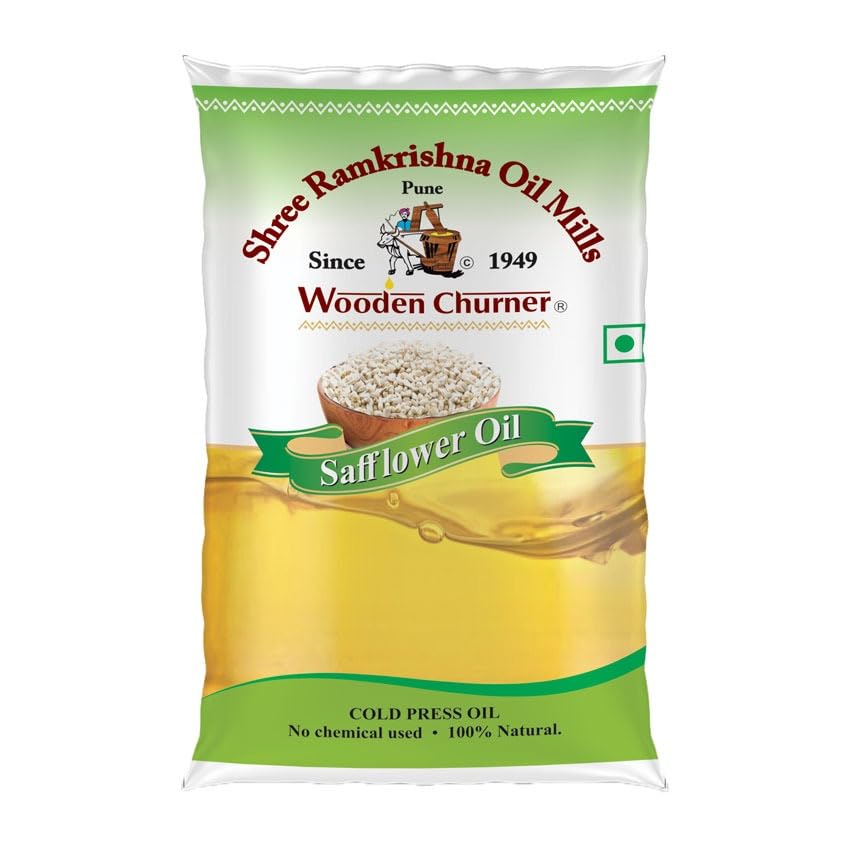

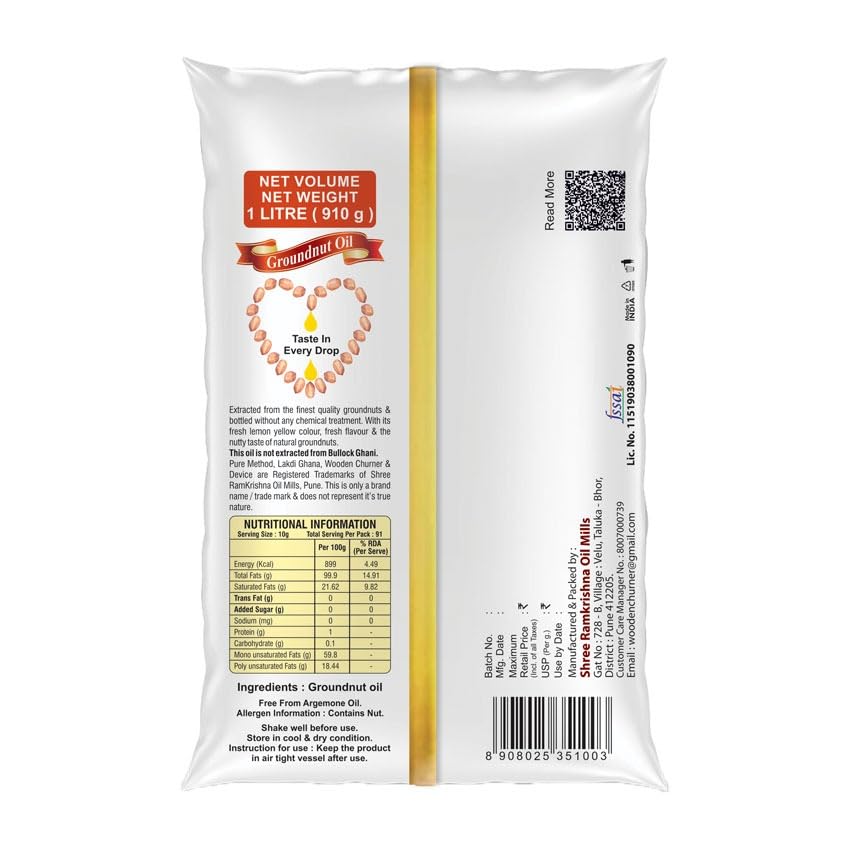
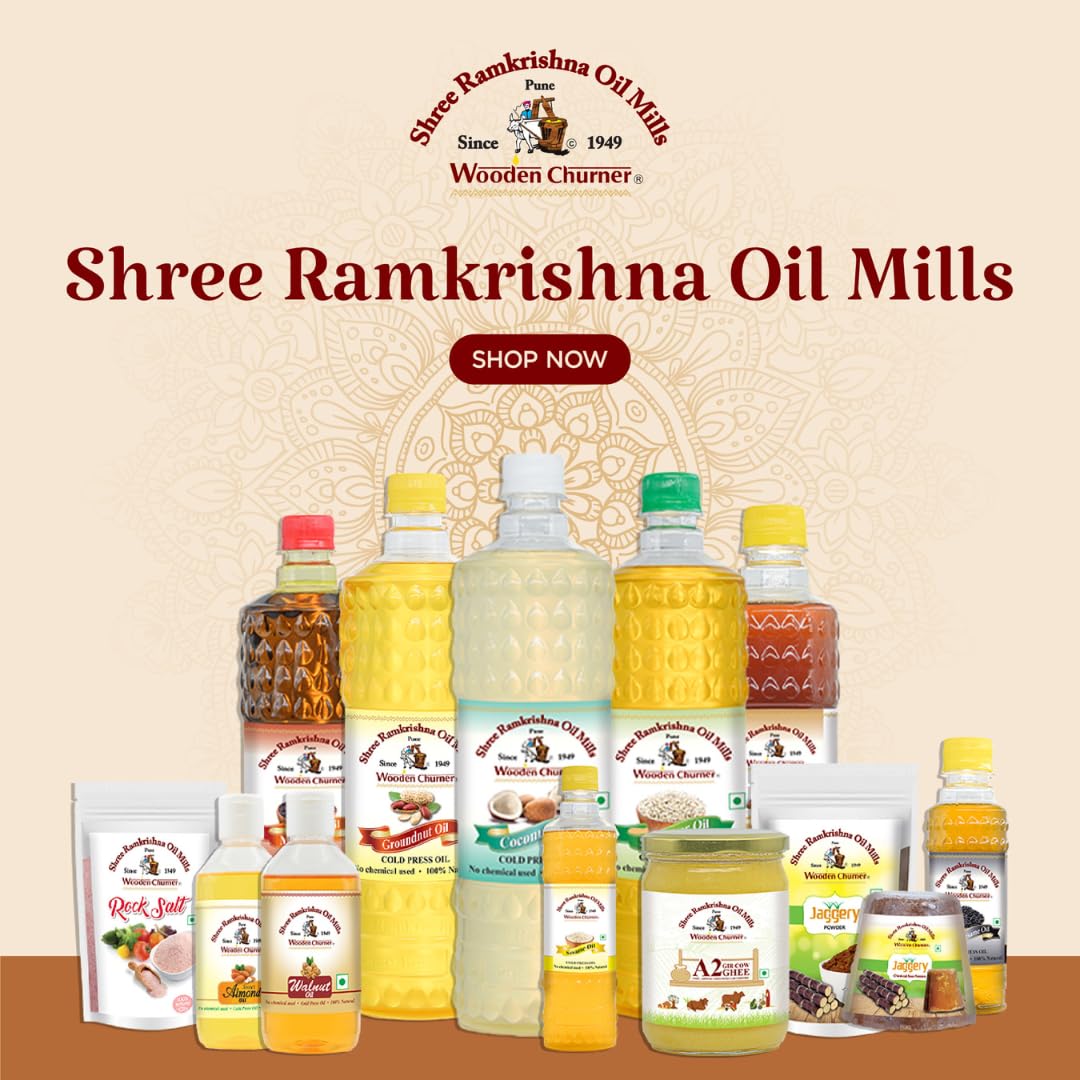
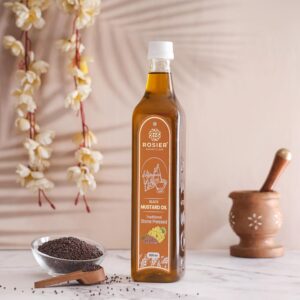
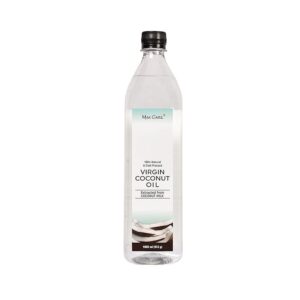


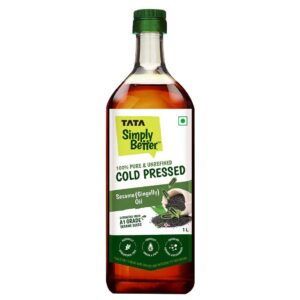
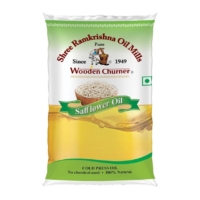
There are no reviews yet.